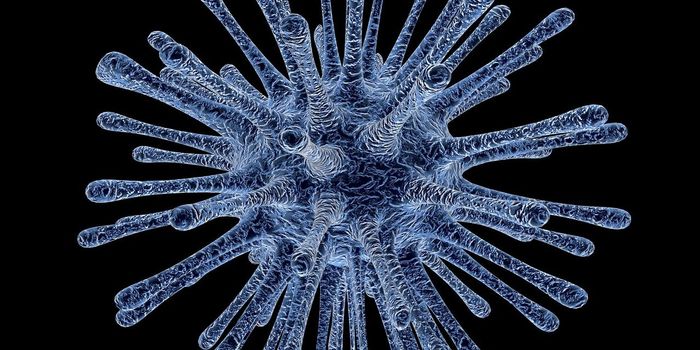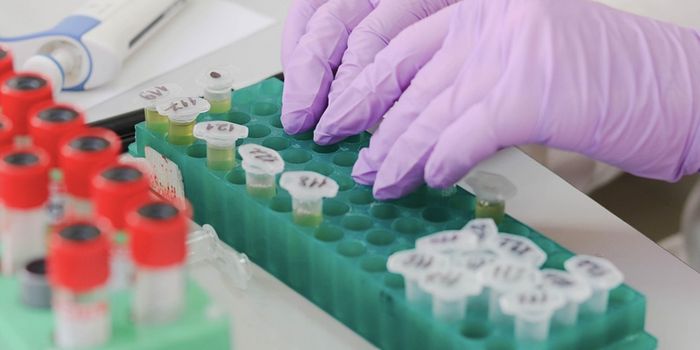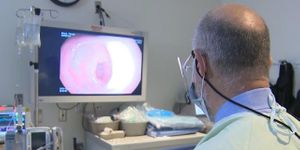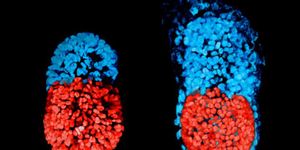New DNA Sequencing Technique Aims to Help Patients
Researchers have developed a new method to sequence DNA that avoids some of the major caveats with current techniques while also improving the sensitivity of the sequencing. A team of international collaborators along with scientists at Ontario Institute for Cancer Research (OICR) have created this technology, which they have termed SiMSen-Seq and reported their work in the journal Nature Protocols. The researchers hope this work will aid patients and practitioners in a variety of ways; it might help detect cancer recurrence and it could help in the early relapse detection of other disorders as well.
The video above outlines DNA sequencing, which often relies on a bedrock took, the polymerase chain reaction (PCR); PCR acts like a photocopier of pieces of DNA and this increased copy number is required to gather enough material for sequencing reactions to work well. That PCR is not always totally perfect, and it can itself introduce changes to the genetic code, which would then be read in the sequence and impair the ability of researchers to accurately assess errors or mutations in the sequence. Sensitive mutation detection that relies on molecular barcodes can lead to other errors; those tags can alter the data.
The researchers wanted to avoid these problems. "We created a DNA barcode with a hairpin structure that opens up to be read when heated and contracts when cooled. This allows us to 'hide' the barcode and analyze more patient DNA fragments in a single reaction," explained Dr. Paul Krzyzanowski, the Program Manager of OICR's Genome Technologies Program. Krzyzanowski was the leader of the development of analysis software that was used for SiMSen-Seq. The software checks for errors in sequencing data, automatically correcting them when necessary.
Typical genome sequencing tools that are currently in use provide results, and have error rates around one percent, so for there to be absolute certainly about a mutation, it must be detected in a sample at a rate of over one percent. It ha sheen found that the new SimSen-Seq technique has reduced the rate of error rate by 100-fold. So now researchers can detect a recurrence of cancer both at far lower levels and earlier than has previously been possible. Patients can now receive the appropriate treatment that they need even sooner.
The process has been patented, and the researchers would like to help other scientists learn to use the tool for themselves in their own laboratories. "Our paper describes how this process can be carried out, but we think that our experience in using the technique could be leveraged by other research groups and save them the trial and error of instituting a new process," said Krzyzanowski. If people are interested in using this service, they can easily contact the group by way of the Collaborative Research Resources directory for OICR.
"Ontario is pleased to support this collaborative research project through the Ontario Institute for Cancer Research," said Reza Moridi, Ontario's Minister of Research, Innovation and Science. "This innovative technique that increases the sensitivity of DNA sequencing is a remarkable breakthrough and one that could improve patient outcomes in Ontario and around the world by detecting the reoccurrence of cancers earlier."
Sources: AAAS/Eurekalert! via OICR, Nature Protocols








